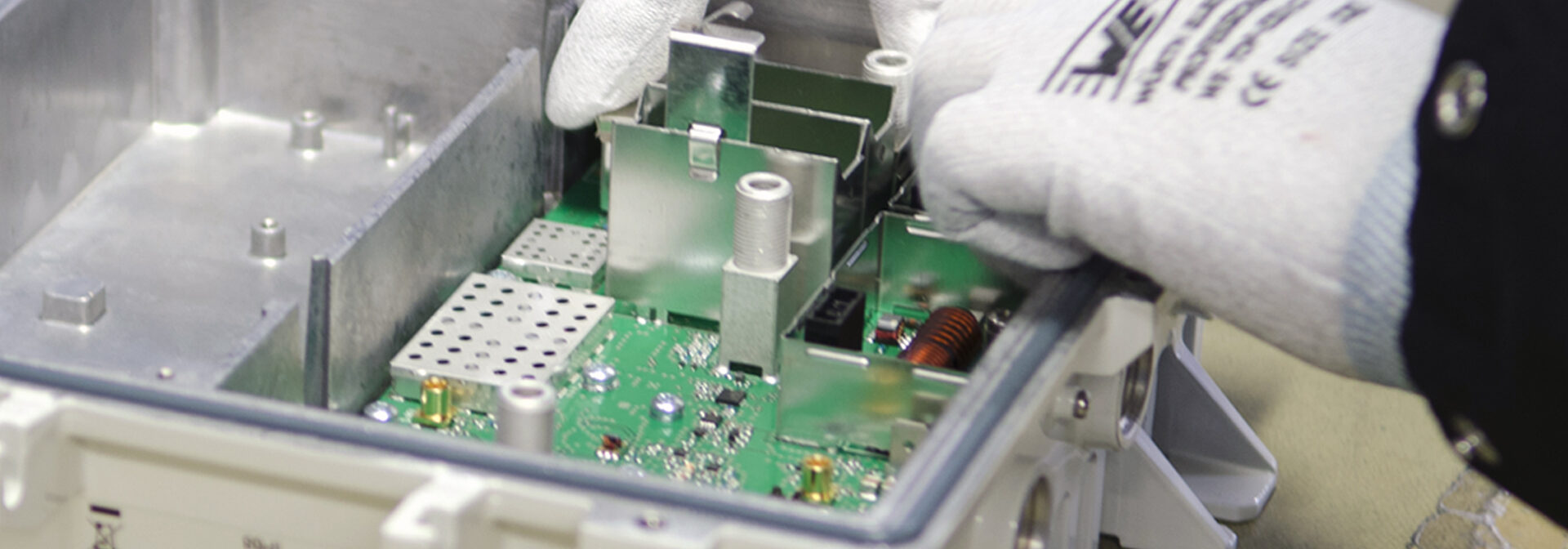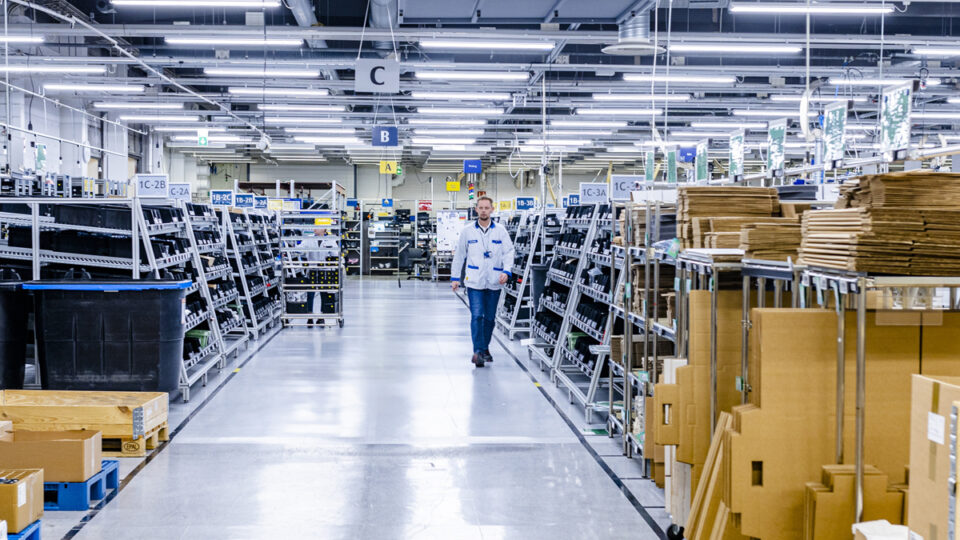
Built for Quality: Quality Control and Continuous Improvement at Teleste
In my previous blog, I discussed quality assurance and corrective actions at a general level within Teleste’s Broadband Networks. This time, let’s take a closer look at the practical side of quality control: how it is implemented across our operations and how it contributes to continuous improvement.
The Role of Quality Control
Quality control (QC) plays a dual role: in general, it is used for filtering out non-compliant products, but it is also used for collecting data for improvement actions. Ultimately, the QC process also provides verification that corrective actions were successful. At Teleste, we are committed to permanent corrective and preventative actions to ensure long-term product reliability and performance, benefiting both our own operations and our customers.
Risk-Based Supplier Quality Control
Our approach to supplier quality control is based on considering the probability and impact of a problem. That defines the incoming quality control (IQC) category per item.
It is important to note that all our products undergo functional testing. In many cases, this eventually means testing 100% of the components. Therefore, instead of only validating the components, IQC is about ensuring uninterrupted production and maintaining reliable deliveries to our customers.
However, incoming quality control can be applied to components whose defects may not surface during the manufacturing process. For such components—particularly items delivered as-is to customers—it is important that the control is efficient and effective. In very rare but crucial cases, quality control can be even conducted at the supplier’s premises.
Controlling Quality in Every Manufacturing Phase
Manufacturing at Teleste can be divided into two parts: board assembly and final assembly. The work is guided and controlled all the way from component receiving to product dispatch by an advanced manufacturing execution system (MES) that is developed and maintained in-house.
Board assembly means producing assembled printed circuit boards (PCB) for use in products. Key processes include component placement and creating the solder joint. In surface mount technology (SMT), quality hinges on the correct application of solder paste and the precise heating and cooling of the paste to form permanent solder joints. In addition, actions are needed to, for example, ensure surface cleanliness before and after the board assembly process.
The rest is quality control. At Teleste, this means verifying solder paste volume and component placement, as well as ensuring that the soldering process is done with the right speed and temperature profile (applicable to surface mount processes, selective soldering, and wave soldering). Eventually, the outcome is also verified. The process typically requires task-specific tools such as SPI (Solder Paste Inspection machine) and AOI (Automatic Optical Inspection). All tools and phases mentioned collect data for further analysis and process adjustments.
Final assembly produces the sellable items, such as amplifiers. The final assembly factory is organized according to lean and agile principles. The software-driven MES guides the production operator through all the phases and ensures that assembly and functional testing are thoroughly completed. Testing covers all products, and a large part of the tuning and testing is automated. As one of its functions, MES serves as the ultimate lock to ensure that all tests are successfully completed before the product is released for customer delivery. Test results are recorded and, based on manufacturing volumes, regularly analyzed with statistical tools to find opportunities for improvement.
Before shipping, we perform sampling-based Outgoing Quality Control (OQC) to verify that products have been manufactured properly. The OQC results are also followed up regularly. In addition, R&D conducts periodic tests to verify that products fulfill their specifications for parameters like electromagnetic compatibility (EMC).
Learning from the Field: Post-Delivery Analysis
Unfortunately, not all products remain in service until replaced by new technology. Field returns offer valuable information about possible weaknesses in the products. Our repair services not only restore their functionality but also collect important data that can be used to improve the product in question, its next generations, and even our products in general. All return material authorizations (RMAs) are logged in a failure database that is frequently studied for possible patterns and/or recurring issues. Special attention is paid to returns suspected of having failed due to manufacturing defects, with further investigation prompted by, e.g., repair service findings.
Driving Continuous Improvements Across Value Chain
Each phase described above collects data that can be used to improve product design, optimize manufacturing methods, or collaborate with suppliers to improve their component quality. When manufacturing is outsourced to partners, the same quality controls, data analysis and action triggers apply as when the product is manufactured by Teleste. This principle ensures the same quality level and enables mutual benchmarking, knowledge sharing, and joint learning from manufacturing experiences and results.
The improvements aim at better manufacturability or reducing the possibility of errors in production. Often, both are achieved simultaneously—the fewer opportunities there are for error, the fewer errors take place. However, in occasional cases where the probability of an error occurrence is not considered feasible, the focus is placed on detecting the error. Both approaches ultimately reduce the likelihood of issues in customer environments.
Toni Hurme
Toni Hurme
I’m Quality Director for Broadband Networks at Teleste. Over the past 30 years at Teleste, I’ve held a variety of roles, but my focus has consistently been on systems—improving and developing them. At times, my work has brought me close to customers; at other times, it’s kept me behind the scenes. But my guiding principle has remained the same: to work in the best interest of the customer. See my LinkedIn.



